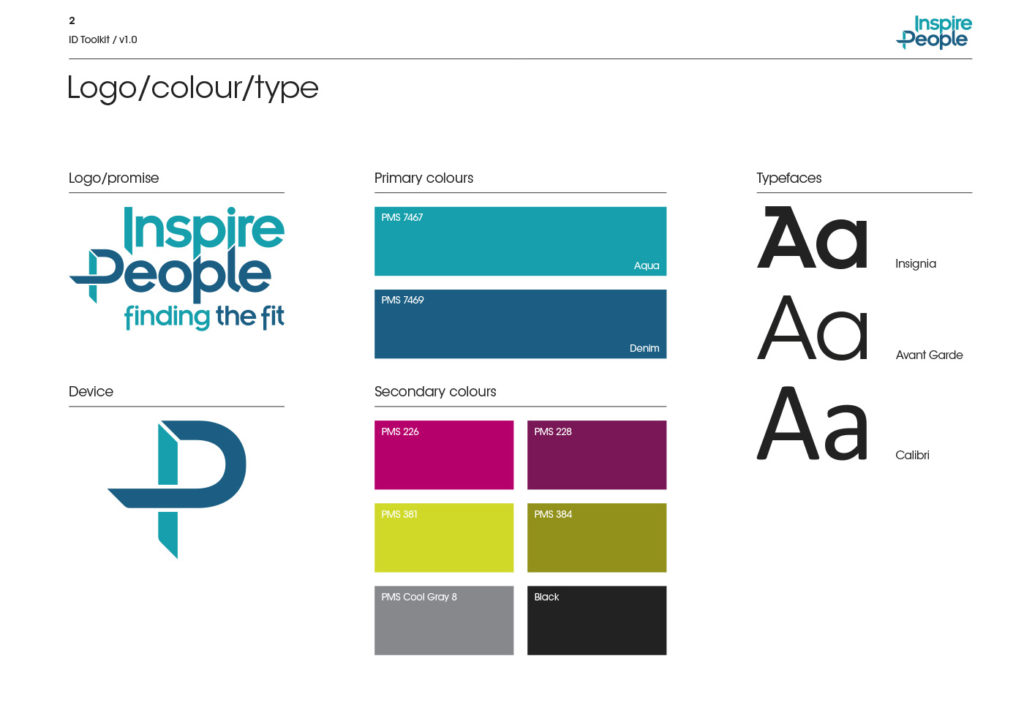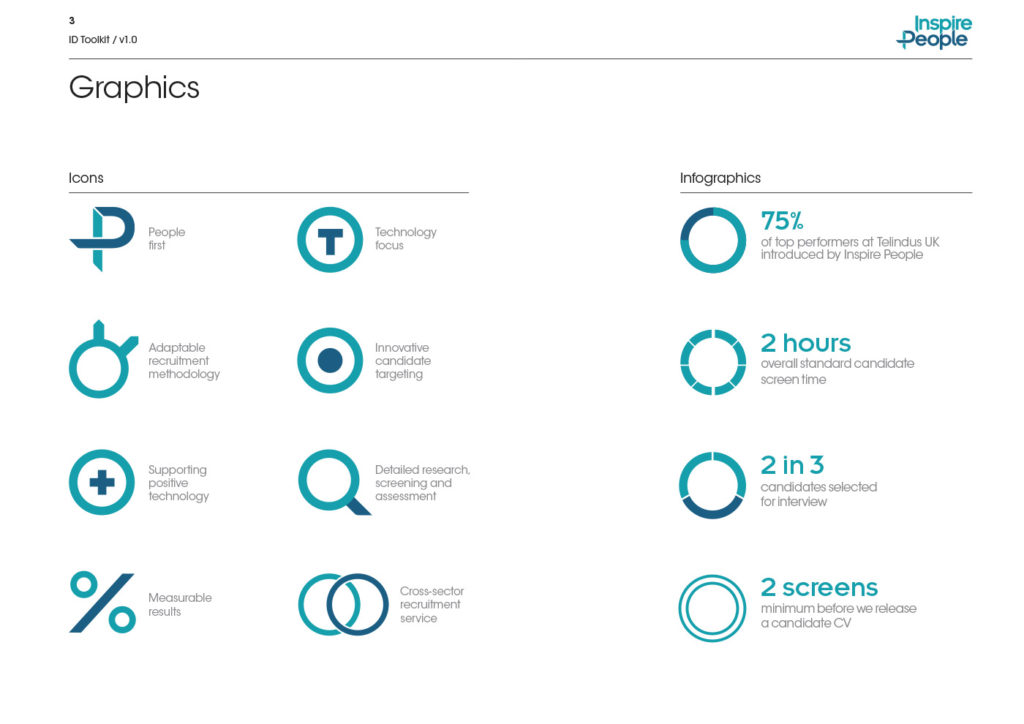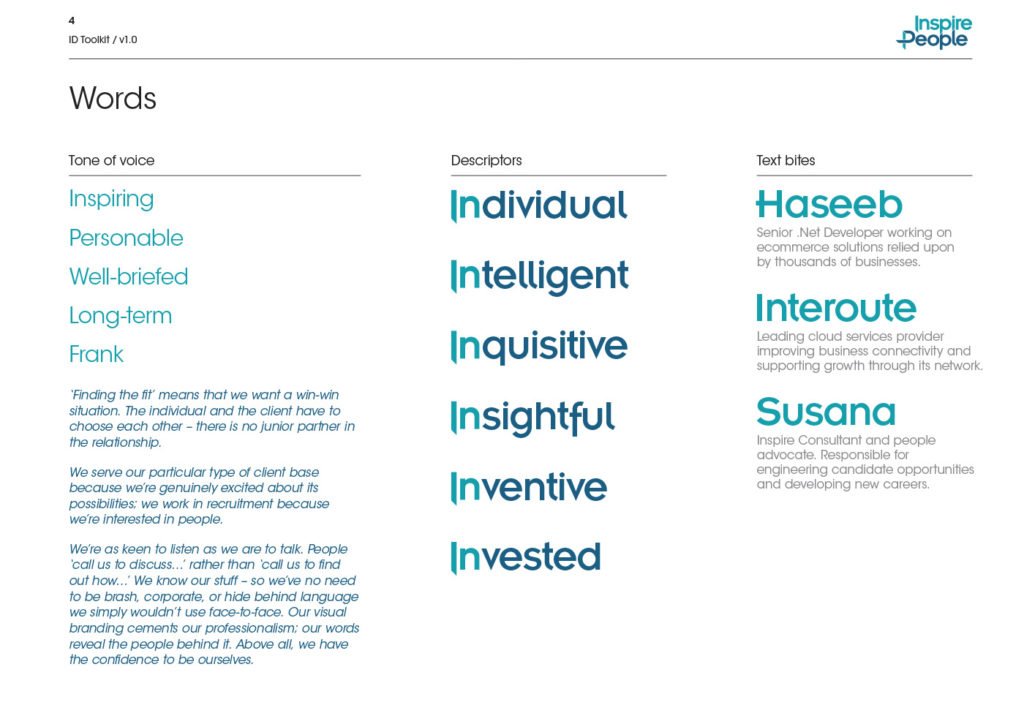Brand Guidelines, A Confusing Term
Like so many things in branding – brand guidelines vary in scale and scope.
At one end it can refer to a document that simply covers-off the main visual assets and their usage (think logo, colours, fonts, imagery). At the other extreme it can be a much wider and deeper prescriptive document that will attempt to explain how to design virtually everything (think 100+ pages)!
Who Needs Brand Guidelines?
Brand guidelines are good for big business because they need rules to help control consistency which, as we all know, is key to branding.
Guidelines specifically help them because:
- They produce lots of branded marketing, run campaigns and regularly generate new content.
- They have spread teams and therefore have to provide a guide to help keep them on-brand (as managers can’t check everything).
- They work with new designers and marketers all the time and need an efficient tool to get them up to speed and on task.
In stark contrast, brand guidelines are a costly overkill for small business.
Small businesses are much easier to control as everything is in sight. The same marketing person, or team, is likely working with a small pool of the same creative people. So, rather than some great big guide, they just need to have a grasp on the key visual and verbal features that make-up the look, feel and tone of the brand identity.
This collection of assets is called the brand identity toolkit. If you’re a small business, it leads to better results. Brand guidelines have a tendency to restrict. Brand toolkits inspire and enable good designers to do better work.
What Goes Into A Brand Identity Toolkit?
Primary visual assets: Logo and derivatives, colours, typefaces (fonts).

Secondary visual assets: Graphics, icons.

Primary/Secondary verbal assets: Tone of voice, copy (text) examples.

Other items that can be included are photography, image treatments and sometimes logo usage.
These pages are from the toolkit that I created for Inspire People.
Final Thoughts
A brand identity toolkit is much lighter and more open than full brand guidelines. This is appropriate for smaller businesses who have the benefit of far better creative control and can be much more flexible and innovative in how they market their brand.
Don’t be held back, and spend big, on cumbersome rules and regulations. Make sure you have a toolkit, put someone in charge of oversight and get the branding working for you.